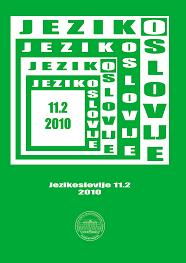Another look at the syntax of Hungarian verbal particles
Another look at the syntax of Hungarian verbal particles
Author(s): Annamária BeneSubject(s): Language and Literature Studies
Published by: Filozofski fakultet, Sveučilište Josipa Jurja Strossmayera, Osijek
Keywords: syntax; Hungarian; verbal particle; delimiter; modifier; predicational domain; functional domain
Summary/Abstract: The Hungarian verbal particle, this tiny function (grammatical) word causes a lot of headache to linguists to this day. One of the most difficult questions refers to its structural position. The most recent syntactic analysis (É. Kiss 2006, 2008) assumes that the Hungarian verbal particle is inserted in postverbal argument (complement) position because its role is similar to that of the resultative phrases, i.e. sublative case-marked NPs. This approach however, fails to explain sentences containing both verbal particles and case-marked NPs, which is a significant failure. For that very reason I argue against inserting the verbal particle in the above-mentioned position and present an alternative syntactic analysis which is able to account for sentences containing verbal particle and NPCase.
Journal: Jezikoslovlje
- Issue Year: XI/2010
- Issue No: 2
- Page Range: 131-153
- Page Count: 23
- Language: English

